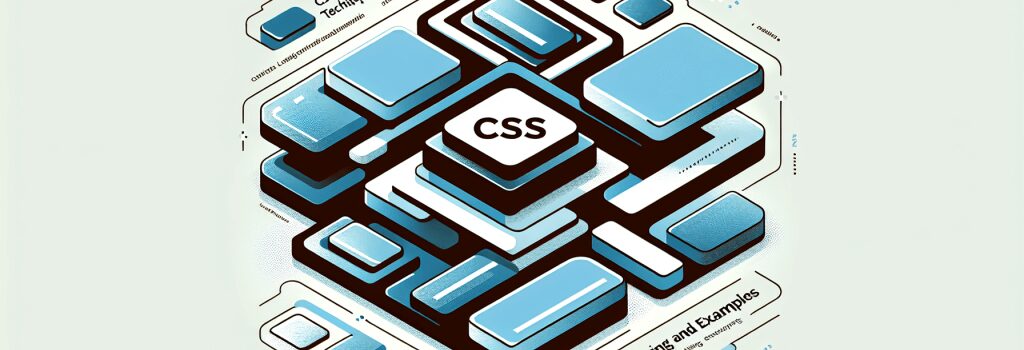CSS Positioning: Techniques and Examples

Understanding CSS Positioning: Master the Layout
CSS or Cascading Style Sheets is an essential tool in web development that allows developers to control the layout and appearance of their websites efficiently. One of the most powerful aspects of CSS is positioning, which enables you to determine how elements are placed and interact with each other on the page. In this article, we’ll dive into the various CSS positioning techniques and provide examples to help you understand how to effectively use them in your projects.
The Basics of CSS Positioning
Before we explore the positioning properties, it’s important to understand the document flow. In a standard HTML document, elements are laid out according to the normal flow of the page. That means elements appear in the order they are defined in the HTML, behaving like unbreakable blocks stacked on top of each other. CSS positioning allows us to alter this natural flow.
Position Property
The ;position> property is the cornerstone of CSS positioning and it can take several values:
– Static: This is the default position of every element. Elements positioned statically are displayed in the normal document flow.
– Relative: When an element is positioned relatively, it is shifted from its normal position without affecting the layout of other elements.
– Absolute: Absolute positioning removes an element from the document flow, meaning it doesn’t affect the position of other elements and they don’t affect it. It’s positioned relative to its closest positioned ancestor.
– Fixed: Similar to absolute, but positioned relative to the browser window. Scrolling won’t affect its position.
– Sticky: A hybrid of relative and fixed positioning. The element is treated as relatively positioned until it crosses a specified point, then it’s treated as fixed.
Working with CSS Positioning
Using Relative Positioning
Relative positioning is useful for making minor adjustments to an element’s position without affecting the overall layout. For example:
This shifts the ;.box> element 10 pixels down and 20 pixels to the right from where it would normally be.
Mastering Absolute Positioning
Absolute positioning allows you to place any element exactly where you want it on the page. However, it’s removed from the normal document flow:
Here, the ;.child> element is positioned absolutely at the top-right corner of its closest positioned ancestor, ;.container>.
Implementing Fixed Positioning
Fixed positioning is particularly useful for creating elements that stay in the same place upon scrolling, such as navigation bars:
Utilizing Sticky Positioning
Sticky positioning keeps an element in the flow until a specified point, then fixes it:
Tips for Effective CSS Positioning
1. Understand the Document Flow: Before using position properties, have a clear understanding of the normal document flow.
2. Use Relative Positioning for Small Adjustments: It’s ideal for minor shifts without altering the layout dramatically.
3. Consider the Containing Block: For absolute positioning, remember that the element will position itself in relation to the nearest positioned ancestor.
4. Don’t Forget About Accessibility: Ensure your positioning doesn’t create accessibility issues, such as content becoming unreachable.
Conclusion
CSS positioning is a powerful tool that, when mastered, can give you greater control over the layout of your web projects. By understanding and correctly applying the different positioning techniques, you can create more visually appealing and functional websites. Whether it’s tweaking the position of an element slightly with relative positioning, creating a fixed navigation bar, or managing complex layouts with absolute positioning, CSS gives you the flexibility to implement your design visions effectively.


